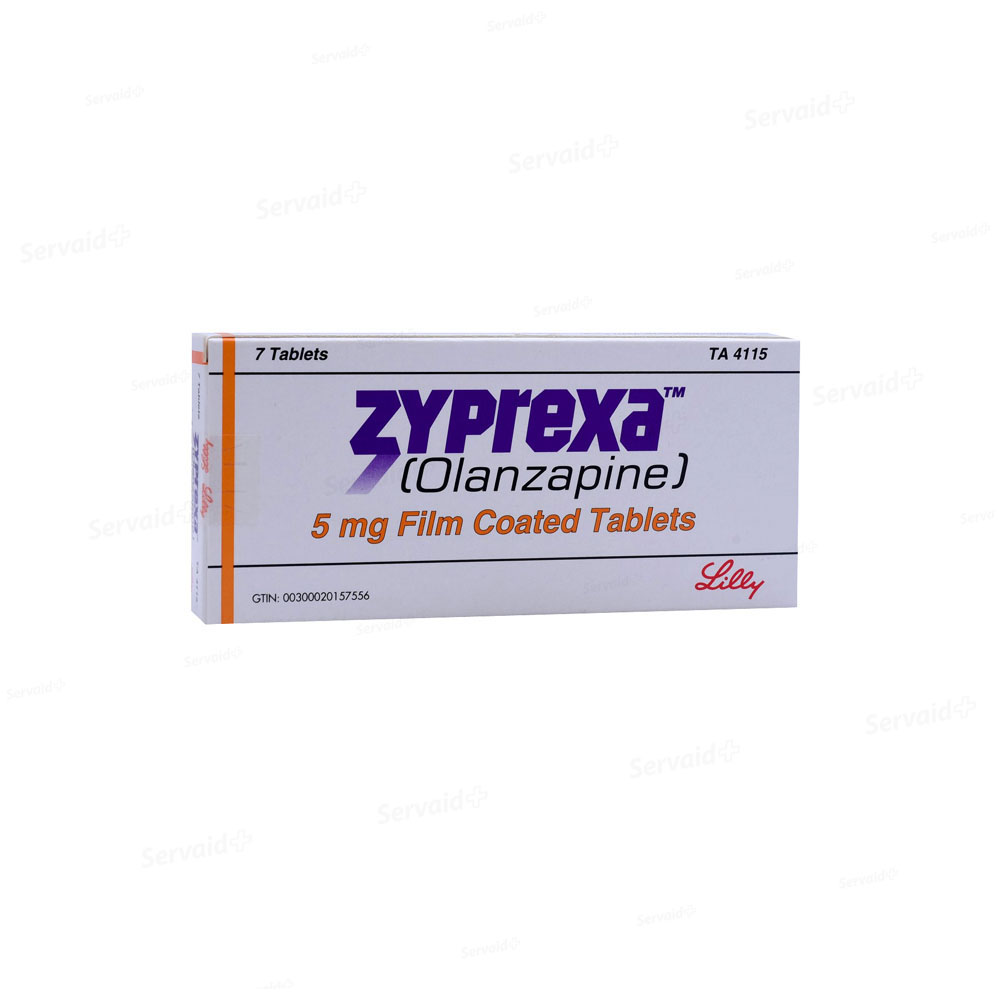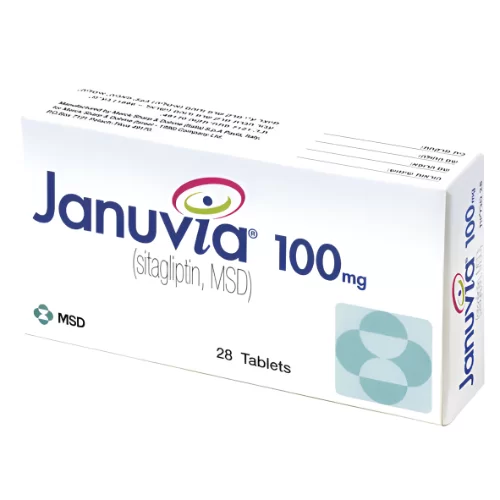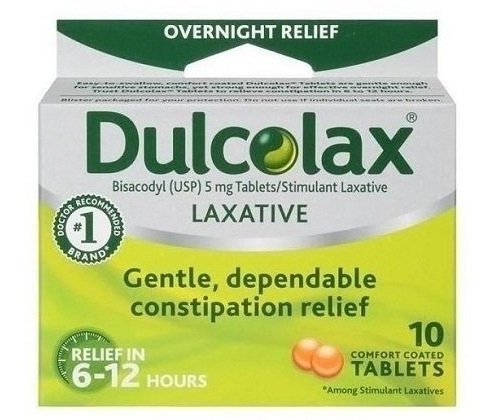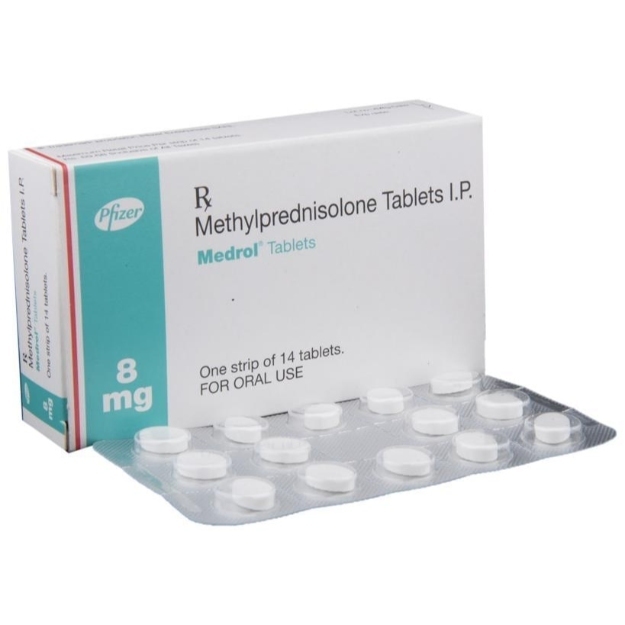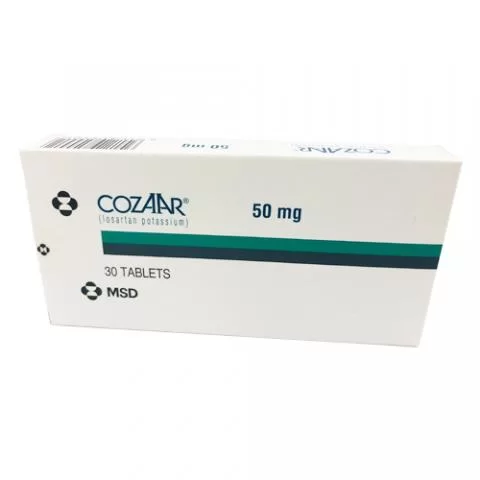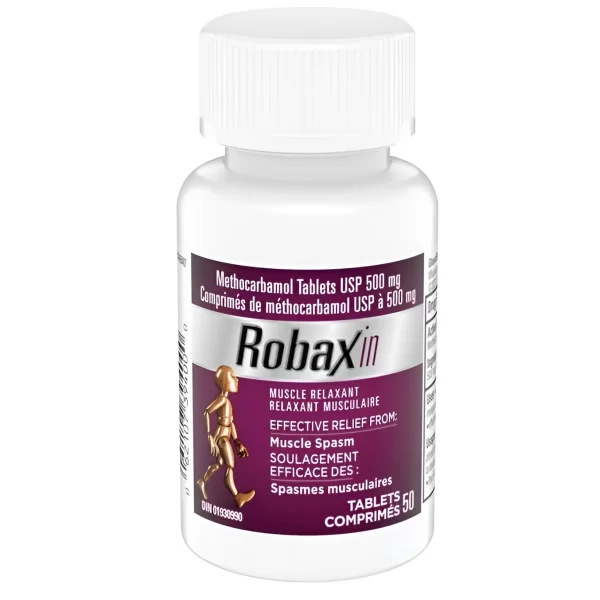
Robaxin
Robaxin - 500mg
Overview of Robaxin
General Introduction
Robaxin, known by its generic name methocarbamol, is a medication primarily used as a muscle relaxant. It is often prescribed to treat muscle spasms, pain, and discomfort caused by acute musculoskeletal conditions. Robaxin works by blocking nerve impulses (or pain sensations) that are sent to the brain. It is usually used in conjunction with rest, physical therapy, and other treatments to relieve discomfort and improve mobility. Robaxin is available in tablet and injectable forms, providing flexible administration options for different patient needs.
History of Development and Approval
Robaxin was developed and introduced by the pharmaceutical company Wallace Laboratories, now a part of Pfizer. It received approval from the U.S. Food and Drug Administration (FDA) in the 1960s. Since its introduction, Robaxin has been widely used in clinical practice due to its effectiveness in managing muscle spasms and related conditions. Its long history of use has established it as a trusted option in the treatment of acute musculoskeletal pain.
Key Benefits
Robaxin offers several key benefits for patients experiencing muscle spasms and acute musculoskeletal pain:
- Muscle Relaxation: Effectively reduces muscle spasms and associated pain.
- Adjunct Therapy: Complements other treatments such as physical therapy and rest.
- Multiple Formulations: Available in both oral and injectable forms to suit different patient preferences and clinical situations.
- Rapid Onset: Provides quick relief from discomfort, improving patient mobility and quality of life.
Unique Properties
Robaxin is unique due to its mechanism of action, which involves depressing the central nervous system to relax muscles and alleviate pain. Unlike other muscle relaxants that might cause significant sedation, Robaxin is often better tolerated, making it a preferred choice for many patients. Its versatility in administration forms also adds to its utility in various clinical settings.
Comparison with Similar Medications
Compared to other muscle relaxants, Robaxin offers distinct advantages:
- Lower Sedation: Generally causes less sedation compared to other muscle relaxants, allowing patients to maintain better functional status.
- Flexible Dosing: Available in both oral and injectable forms, providing flexibility in treatment approaches.
- Well-Tolerated: Has a favorable side effect profile, making it suitable for a broad range of patients.
Safety and Tolerability
Robaxin is generally well-tolerated when used as directed. Common side effects include dizziness, headache, and nausea. Serious side effects are rare but may include allergic reactions and confusion. Regular monitoring by a healthcare provider is recommended, especially during the initial phase of treatment and when adjusting the dose, to ensure patient safety and optimal therapeutic outcomes.
Indications for Use
Diseases and Conditions Treated
Robaxin is prescribed for:
- Muscle Spasms: Relieves pain and discomfort associated with acute musculoskeletal conditions.
- Muscle Pain: Provides relief from muscle pain resulting from injuries or other acute conditions.
- Adjunct Therapy: Used alongside physical therapy and rest to enhance treatment outcomes for musculoskeletal injuries.
Symptoms Indicating Use
Patients experiencing symptoms such as muscle spasms, acute muscle pain, and discomfort may benefit from Robaxin. It is particularly effective for individuals who require additional relief from muscle spasms to improve mobility and quality of life.
Dosage and Administration
Recommended Dosage for Adults
The typical starting dose of Robaxin for adults is 1500 mg four times a day. After the initial 48 to 72 hours, the dosage can be reduced to 750 mg every four hours or 1500 mg three times a day. The dosage may be adjusted based on the patient's response and tolerance, ensuring effective symptom management.
Dosage for Children
The safety and effectiveness of Robaxin in pediatric patients under 16 years of age have not been established. Always consult a healthcare provider for appropriate dosage recommendations for children.
Dosage for Elderly Patients
Elderly patients may require dose adjustments based on their overall health and kidney function. It is important to start at a lower dose and increase gradually to minimize the risk of side effects. Dose adjustments should be made carefully, considering any co-existing medical conditions and concurrent medications.
Optimal Timing of Administration
Robaxin can be taken with or without food. Consistent daily administration is recommended to maintain steady blood levels of the medication and achieve optimal muscle relaxation effects.
Frequency of Administration
Robaxin is typically administered four times daily during the initial phase of treatment. The frequency can be reduced based on the patient's response and tolerance, ensuring effective management of muscle spasms.
Impact of Food on Efficacy
Food does not significantly impact the efficacy of Robaxin. Patients can take it with or without food according to their preference, making it a flexible option for managing muscle spasms and pain.
Pharmacological Action
Mechanism of Action
Methocarbamol, the active ingredient in Robaxin, works by depressing the central nervous system, leading to muscle relaxation and pain relief. It is thought to inhibit the transmission of nerve impulses or pain sensations to the brain, thereby reducing muscle spasms and discomfort.
Molecular and Cellular Targets
Methocarbamol targets the central nervous system, where it acts as a muscle relaxant by depressing nerve transmission. This action helps to reduce muscle spasms and pain, improving overall muscle function and patient comfort.
Metabolic Pathways
Methocarbamol is metabolized primarily in the liver to inactive metabolites, which are then excreted via the kidneys. The drug has a half-life of about 1 to 2 hours, allowing for multiple daily dosing to maintain therapeutic levels.
Biochemical Changes
By depressing the central nervous system, methocarbamol reduces the activity of nerves that cause muscle spasms. This biochemical change leads to decreased muscle tension and pain, providing relief for patients with acute musculoskeletal conditions.
Physiological Effects
The physiological effects of Robaxin include reduced muscle spasms, pain relief, and improved mobility. Patients may experience better movement, reduced discomfort, and an overall improvement in quality of life.
Composition
Active Ingredient
The active ingredient in Robaxin is methocarbamol. It is available in tablet form, typically in strengths of 500 mg and 750 mg, as well as in an injectable form for intravenous or intramuscular administration.
Inactive Ingredients
Inactive ingredients in Robaxin tablets may include microcrystalline cellulose, magnesium stearate, sodium starch glycolate, and povidone. These ingredients help in the formulation and stability of the medication, ensuring that it is effective and safe for patient use.
Role of Each Component
Methocarbamol acts as the primary therapeutic agent, while inactive ingredients ensure proper formulation, stability, and absorption of the medication. The inactive ingredients also contribute to the tablet's integrity and ease of administration.
Side Effects
Common Side Effects
Common side effects of Robaxin include:
- Dizziness: Often occurs during the initial phase of treatment.
- Headache: Mild to moderate headache.
- Nausea: Sometimes accompanied by vomiting.
Rare Side Effects
Rare side effects may include:
- Allergic Reactions: Symptoms such as rash, itching, swelling, and difficulty breathing.
- Confusion: Especially in elderly patients or those with underlying neurological conditions.
- Blurred Vision: Temporary changes in vision.
Serious Side Effects
Serious side effects requiring immediate medical attention include:
- Severe Allergic Reactions: Including anaphylaxis and angioedema.
- Seizures: Rare but serious side effect requiring immediate medical attention.
- Severe Skin Reactions: Such as Stevens-Johnson syndrome.
Frequency and Severity
Most side effects are mild and transient, occurring primarily during the initial phase of treatment. Serious side effects are rare but warrant close monitoring by a healthcare provider. Regular follow-up appointments can help manage and mitigate these risks.
Prevention of Side Effects
General Precautions
To minimize side effects, patients should follow the prescribed dosage and avoid taking more than the recommended dose. It is important to inform the healthcare provider of any existing medical conditions and medications being taken, particularly those that may interact with Robaxin.
Recommendations for Better Tolerability
Using Robaxin as directed and maintaining regular follow-up appointments with a healthcare provider can improve tolerability. Patients should be educated on the importance of adhering to the prescribed treatment regimen and monitoring their response to the medication. Staying hydrated and maintaining a balanced diet can also help reduce gastrointestinal side effects.
Contraindications
Conditions and Diseases
Robaxin is contraindicated in patients with:
- Known Hypersensitivity: To methocarbamol or any of its components.
- Severe Renal Impairment: Due to reduced clearance of the drug.
Explanation of Contraindications
Methocarbamol may exacerbate certain conditions, such as severe renal impairment, due to its primary excretion through the kidneys. Hypersensitivity reactions can cause severe allergic responses, making it crucial to assess a patient's medical history before prescribing Robaxin.
Warnings and Precautions
Potential Risks
Patients should be monitored for signs of central nervous system depression, particularly when Robaxin is used in combination with other CNS depressants. Regular blood tests may be required to monitor kidney function, especially in patients with pre-existing kidney conditions.
Safety Measures
Regular monitoring by a healthcare provider, starting with a low dose, and adjusting as needed can help mitigate risks. Patients should be instructed to report any symptoms of severe dizziness, confusion, or allergic reactions immediately.
Missed Dose
Immediate Actions
If a dose is missed, take it as soon as remembered unless it is almost time for the next dose. Do not double the dose to catch up. Continue with the regular dosing schedule to maintain consistent blood levels of the medication.
Preventive Strategies
Using reminders and keeping a consistent schedule can help prevent missed doses. Patients can set alarms, use medication reminder apps, or keep a medication diary to track their doses, ensuring adherence to the treatment regimen.
Drug Interactions
Interacting Medications
Robaxin may interact with various medications, including:
- CNS Depressants: Such as alcohol, benzodiazepines, and opioids, which can enhance sedation and respiratory depression.
- Anticholinergics: Such as certain antihistamines and medications for overactive bladder, which can increase the risk of side effects like dry mouth and urinary retention.
- Warfarin: May increase the risk of bleeding when taken with methocarbamol.
Effects of Interactions
These interactions can affect the metabolism and efficacy of Robaxin or the concomitant medications. For instance, combining Robaxin with CNS depressants may increase the risk of severe sedation and respiratory depression. Monitoring for side effects and adjusting dosages may be necessary to manage these interactions.
Avoiding Interactions
Inform the healthcare provider of all medications being taken to avoid potential interactions. Patients should not start, stop, or change the dosage of any medicines without their healthcare provider’s approval. Regular reviews of medication regimens can help identify and manage potential interactions.
Overdose
Symptoms of Overdose
Symptoms of overdose may include severe drowsiness, dizziness, fainting, and rapid or irregular heartbeat. Seek emergency medical help if an overdose is suspected.
Immediate Actions
Seek emergency medical help if an overdose is suspected. Supportive measures and symptomatic treatment are recommended. Activated charcoal may be administered if the overdose is recent, and intravenous fluids may be given to maintain hydration and support cardiovascular function.
Pharmacokinetics
Absorption
Methocarbamol is rapidly absorbed from the gastrointestinal tract, with peak plasma concentrations reached within 1 to 2 hours after oral administration. The bioavailability of methocarbamol is dose-dependent and varies with the formulation used.
Distribution
Methocarbamol is widely distributed throughout the body and is extensively bound to plasma proteins. It crosses the blood-brain barrier, which is essential for its central nervous system effects.
Metabolism
Methocarbamol is metabolized primarily in the liver to inactive metabolites. The drug undergoes extensive first-pass metabolism, which reduces its bioavailability.
Elimination
The half-life of methocarbamol is approximately 1 to 2 hours, allowing for multiple daily dosing. It is excreted primarily through the kidneys, with renal clearance accounting for most of its elimination.
Dosage Forms
Available Forms and Dosages
Robaxin is available in tablet form, typically in strengths of 500 mg and 750 mg, as well as in an injectable form for intravenous or intramuscular administration. These various forms and dosages allow for flexible and tailored treatment approaches based on patient needs and tolerability.
Benefits of Different Forms
The availability of multiple strengths and formulations of Robaxin makes it suitable for various patient preferences and clinical situations. Different formulations allow for precise dosing adjustments based on therapeutic response and individual patient needs.
Pregnancy and Breastfeeding
Safety During Pregnancy
Robaxin should be used during pregnancy only if the potential benefit justifies the potential risk to the fetus. There is limited data on the use of Robaxin in pregnant women, and animal studies have shown adverse effects on the fetus. Pregnant women should discuss the potential risks and benefits with their healthcare provider before starting treatment.
Safety During Breastfeeding
It is not known whether methocarbamol is excreted in human milk. Due to the potential for adverse reactions in nursing infants, a decision should be made whether to discontinue breastfeeding or discontinue the drug, considering the importance of the drug to the mother. Breastfeeding mothers should consult their healthcare provider to weigh the potential risks and benefits.
Storage Conditions
General Recommendations
Store Robaxin at room temperature between 20°C to 25°C (68°F to 77°F). Keep the medication in its original container, tightly closed, and out of reach of children and pets.
Specific Storage Instructions
Robaxin tablets should be stored in a cool, dry place away from direct sunlight and moisture. Store according to the manufacturer's instructions to protect the medication from light and moisture.
Expiry and Stability
Check the expiration date on the package and do not use Robaxin past the expiration date. Proper storage ensures the medication remains effective and safe to use. Dispose of expired or unused medication according to local regulations to prevent accidental exposure or misuse.
Clinical Trials and Efficacy
Overview of Clinical Studies
Robaxin has undergone extensive clinical trials to evaluate its safety and efficacy in treating muscle spasms and acute musculoskeletal pain. These studies included randomized, double-blind, placebo-controlled trials involving thousands of patients worldwide.
Results and Findings
Clinical trials have shown that Robaxin significantly reduces muscle spasms and pain, improving overall mobility and quality of life. Patients treated with Robaxin demonstrated better pain control and muscle relaxation compared to those receiving a placebo.
Comparative Studies
Studies comparing Robaxin with other muscle relaxants have shown that Robaxin provides effective symptom relief with a favorable safety profile. Its unique mechanism of action and multiple formulations make it a preferred choice for many healthcare providers.
Conclusion
Summary of Key Points
Robaxin is an effective muscle relaxant for the treatment of muscle spasms and acute musculoskeletal pain. Its ability to depress the central nervous system provides significant therapeutic benefits for patients with these conditions. The medication is generally well-tolerated, with a well-documented safety profile.
Recommendations
For optimal results, patients should follow their healthcare provider's instructions regarding dosage and administration. Regular monitoring and follow-up appointments are essential to ensure the medication's effectiveness and manage any side effects. Patients should maintain a healthy lifestyle, including proper diet and exercise, to support overall health while on Robaxin therapy.
Final Thoughts
Robaxin significantly improves the quality of life for patients suffering from muscle spasms and acute musculoskeletal pain by effectively managing symptoms and enhancing well-being. With its proven efficacy and safety, Robaxin remains a trusted choice for healthcare providers and patients in the management of these conditions.
